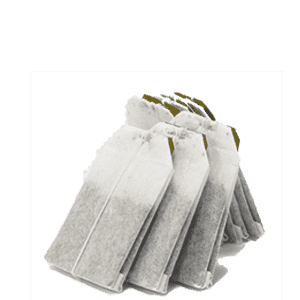Saffron is the most expensive spice in the world. It’s also one of the most difficult to grow and harvest. But it’s worth it. Saffron is one of those things that people have been using for thousands of years. And for good reason. It has a lot of great health benefits and tastes really good too. But what you may not know is that you might be using saffron every time you use cinnamon in your morning coffee. That’s because saffron is the base for cinnamon. And it’s a not-so-subtle difference when you’re using saffron instead of cinnamon!
Another fact about saffron is that you can grow it too, at your home.
Saffron is most commonly known for being a spice that is often used in cooking. But did you know that it’s also grown at home? Growing saffron at home is on the rise, and home saffron growers may feel their plants produce a much more intense flavour than the store-bought versions. Saffron takes time and delicacy to grow. It only blooms 3 weeks per year. Each flower can produce up to 3 Strands of saffron per year.
Did you know that fake saffron is so common in the market? Saffron is the most expensive spice and fraud happens more than you think. Fraudsters use artificial colours, flavours and essence to mimic saffron like taste, colour and aroma. .Medicinal in its own right, saffron has been used as a dye and to flavour dishes from Persia to Spain. In the process of cooking it is difficult to tell whether you are using saffron or artificial colouring, so there is no way for you to know if you’re consuming a natural spice or not. So make sure you buy from reputable brand and also check certificates prior to purchase. ISO 3632-1 is to certify saffron threads quality. Saffron is mostly used in the production of rice dishes and paella, where saffron is steeped in hot water to extract the flavour from its threads.
It is recommended that you visit the page related to premium saffron
The active constituents of saffron are crocin, safranal, picrocrocin, and related compounds.
The reddish-orange pigment that gives saffron its distinctive colour is a carotenoid called crocetin or crocin. Safranal is an organic compound of the aldehyde group and is the main contributor to saffron’s aroma. Picrocrocin, another flavour compound found in saffron, gives saffron its spicy or tangy taste. Interestingly, it has recently been shown that the taste of saffron is actually a series of overlapping compounds that combine to taste like saffron. Saffron is not an effective treatment for all types of cancer, and it may not be the best option for patients with certain types of cancer, such as lung cancer.
How many types of saffron are there?
There are three types of saffron; Spanish, Iranian, and Kashmiri. Iran produces 90% of word supply, then Kashmir and then Spain. There form Persian saffron is the most dominant type of saffron in the world. Persian Saffron includes Sargol, Negin, Super Negin, Konj. They are distinguished by size, shape and colour. Super Negin is the long, thick and red segment of saffron threads. a version shorter than that is called Negin and one version shorter which is only the tip of flower is called Sargol. The whole saffron strand which includes the white yellowish segment is called Konj. The diagram below would tell me better visually.
Super Negin is the most expensive saffron threads available. We are proud to produce and distribute highest quality and certified saffron threads globally. Our brands of saffron hold ISO 22000, ISO 9001, ISO 3632-1 and HACCP certificates.

 Herbal Tea Bags
Herbal Tea Bags Premium Dried Fruit
Premium Dried Fruit